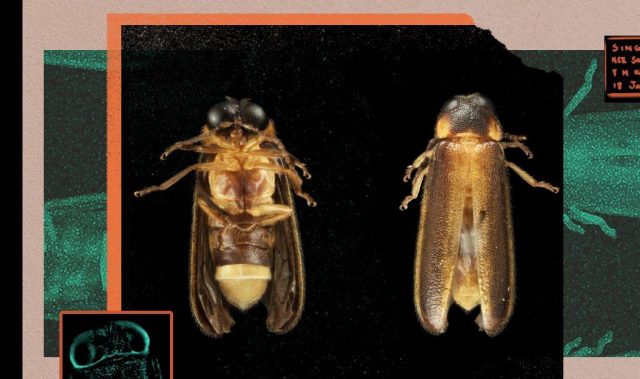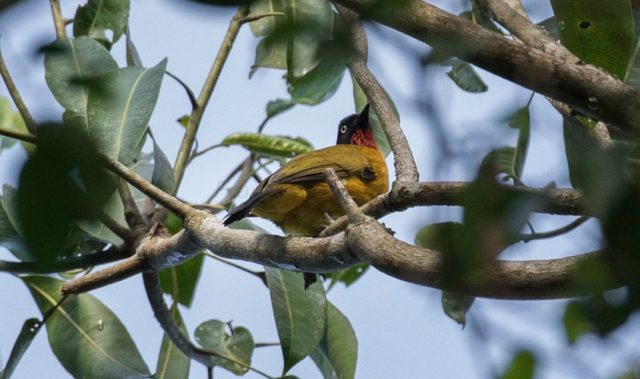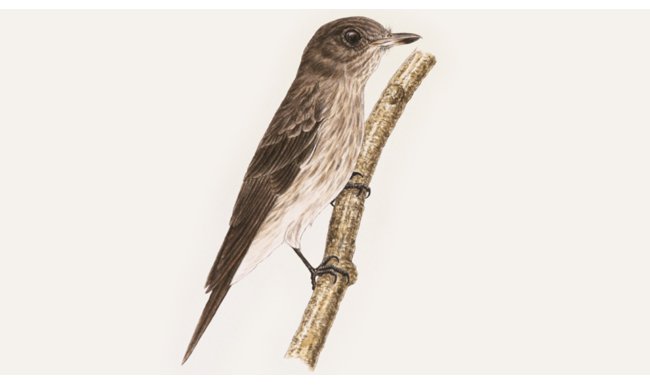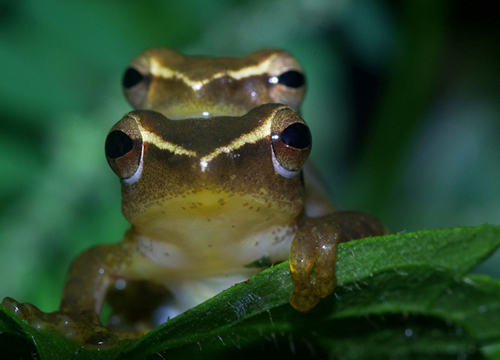
AsianScientist (Nov. 3, 2014) – Researchers from the National University of Singapore (NUS) have discovered a new reproductive mode in frogs and toads—breeding and laying developing eggs directly in live bamboo with narrow openings.
Their findings, published in the Biological Journal of the Linnean Society, were based on observations of the critically endangered white spotted bush frog, Raorchestes chalazodes. Thought to be extinct for over 100 years until its recent rediscovery in the wet evergreen forests of the Kalakad Mundanthurai Tiger Reserve in the Western Ghats, R. chalazodes is currently one of only two species known to adopt this novel reproductive strategy.
In this study, PhD student Mr. Seshadri K S and Assistant Professor David Bickford from the Department of Biological Sciences, discovered the reproductive strategy of R. chalazodes. Mr. Seshadri observed that adult male frogs enter hollow internodes of the flute bamboo Ochlandra travancorica where they vocalize to attract mates.
Female frogs are attracted to the calls and follow suit, laying about five to eight eggs inside the bamboo. Other females may also choose to mate with the male frog and deposit egg clutches in the bamboo. The male stays in the bamboo to take care of the eggs, which develop directly into froglets.
Although the adult frog is small—under 25 millimetres in length—it enters the bamboo with considerable resistance as the narrow openings are often less than five to ten millimetres long and three to four millimetres wide. The researchers observed that that R. chalazodes only breeds in bamboo that have openings at the base of the internode as those with openings at the top would result in collection of water, possibly flooding the eggs or drowning the froglets.
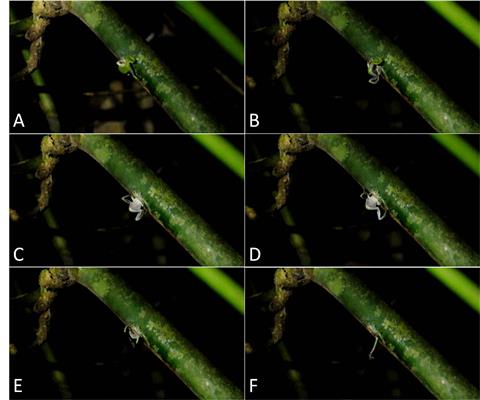
The adult males actively search for openings in bamboo and possibly defend territories. They leave the bamboo for a few hours in the evening to feed and return to look after the eggs. The researchers made these findings after conducting field observations over a period of six months between 2009 and 2012.
Prof. Bickford said, “This is a significant discovery in two ways. First, it reiterates that natural history observations, often ignored, are fundamental for understanding evolutionary ecology. Second, it sets a theoretical foundation to ask several interesting questions about the diversity of reproductive modes and the evolutionary pathways behind such amazing amphibian behaviors.”
The study is timely as R. chalazodes is currently critically endangered with small populations occurring in fewer than five localities. As this species only breeds in bamboo, unregulated overharvesting of bamboo for paper and pulp may destroy breeding habitats and have a negative impact on the long-term viability of populations. It is critical to conduct more studies on these unique frogs, in particular, those that look into developing frog-friendly harvesting techniques in order to conserve them.
Mr. Seshadri, the lead author, said, “Amphibians are among the most threatened creatures on earth and yet, we know very little about them. I was enthralled when we observed this behavior and it opened a whole new world for me. There are several evolutionary questions that could be answered by studying this fascinating group of frogs.”
“For example, what transpires inside the bamboo internodes is still a mystery. The Western Ghats is a well-known hotspot for amphibian diversity which is facing threats primarily from habitat loss. If we do not initiate conservation efforts, we may lose everything before we even document anything.”
The article can be found at: Seshadri et al. (2014) Breeding in Bamboo: a Novel Anuran Reproductive Strategy Discovered in Rhacophorid Frogs of the Western Ghats, India.
——–
Source: National University of Singapore.
Disclaimer: This article does not necessarily reflect the views of AsianScientist or its staff.





